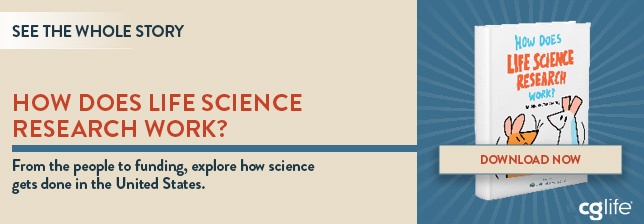Sometimes scientists get lucky; August Kekule arrived at the structure for benzene during a daydream, as he envisioned a snake clutching its own tail. Likewise, Kary Mullis had his polymerase chain reaction (PCR) revelation while tripping on LSD. On the other hand, some science secrets are nearly impossible to understand. Newton had to develop an entirely new field of math (calculus) to explain his law of gravitation. Most scientific advancements fall somewhere in the middle, neither daydream nor hallucination nor barren frontier. So how does it all come about? Science is typically an incremental process, as researchers work to understand a new phenomenon just on the horizon of our current understanding. This process starts with formulating an intelligent question, then researching a hypothesis, running experiments, analyzing results, and after a variable number of iterations, coming to a conclusion. The scientific method, as this process is called, is not just a means to an end; it’s something greater. Carl Sagan captured its power in one of his final interviews: “Science is more than a body of knowledge. It’s a way of thinking, a way of skeptically interrogating the universe.” We’ve taken that profound meaning and encapsulated it in the following light-hearted booklet. With smart cartoons, it communicates the wonder of science, play-by-play, without the traditional barriers of jargon and boredom. It explains how the many elements come together every day, to deliver new therapies and findings that improve and redefine our world. Part 1: The Science At Chempetitive Group, we have a deep passion for life science research: its people, its processes and its promise for the future. In order for this research to endure, we must continue to highlight its supreme importance and inspire future innovators with what we do best: communication. With this comic we tell a story — the story of life science research. Download the full free E-Book now. 